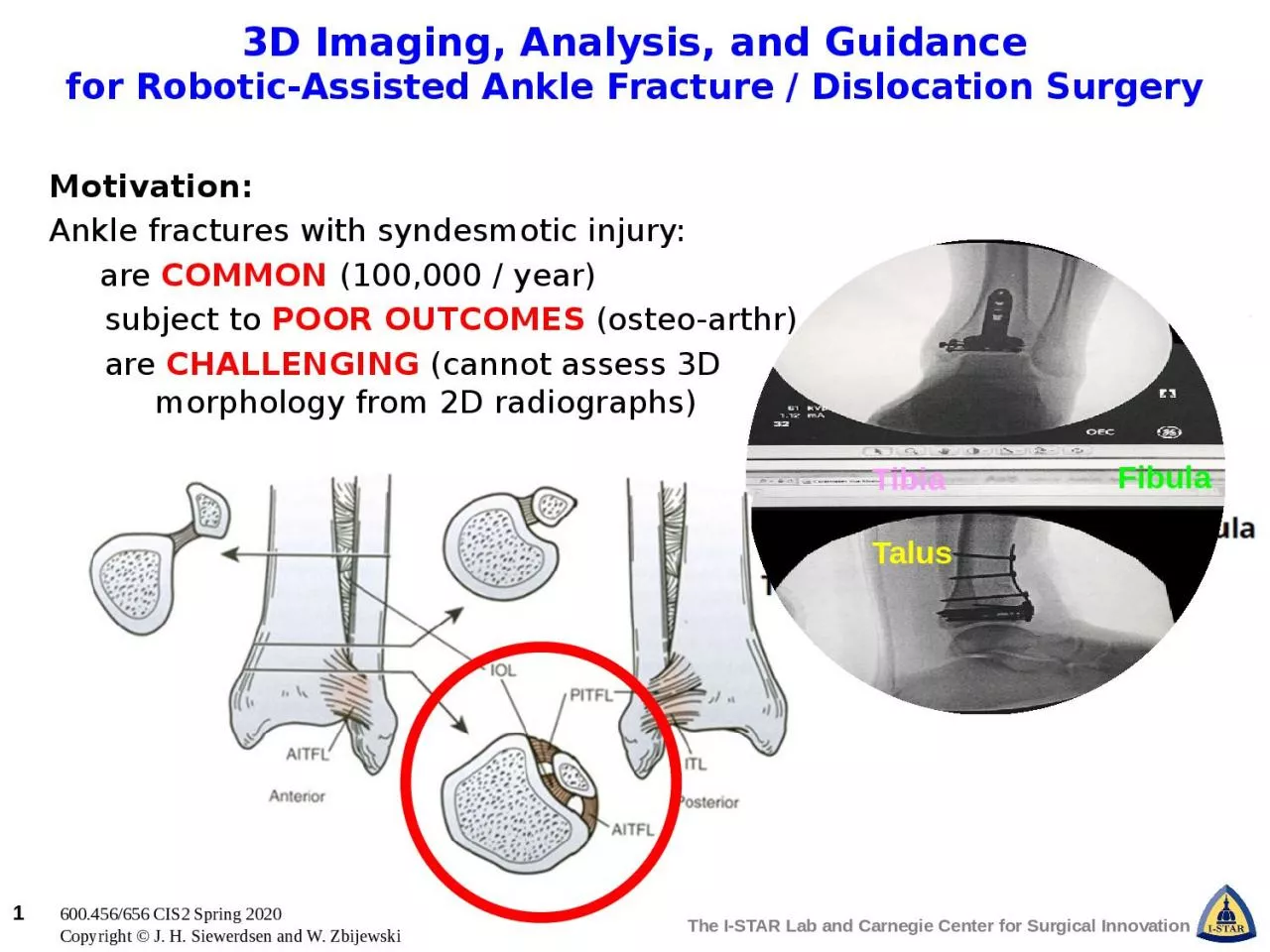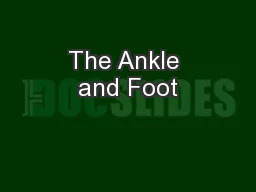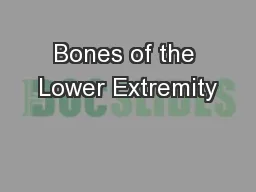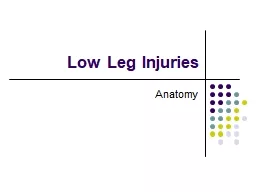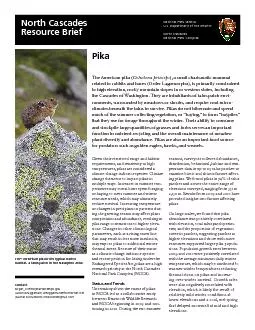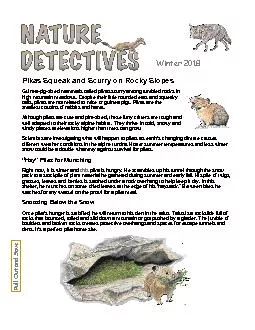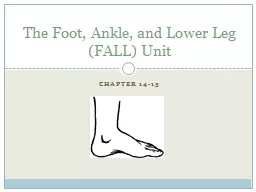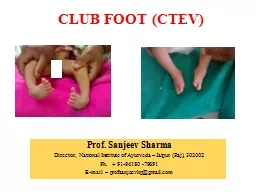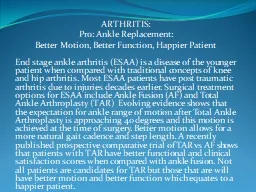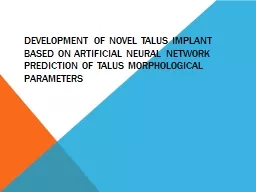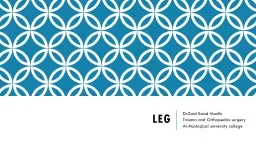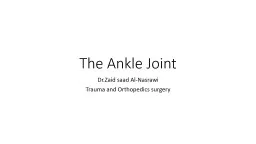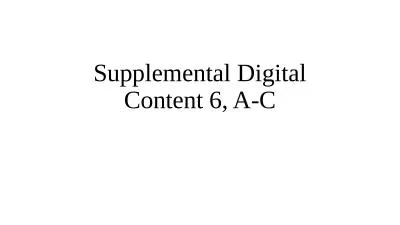PPT-Tibia Talus Fibula Motivation:
Author : bery | Published Date : 2024-01-03
Ankle fractures with syndesmotic injury are COMMON 100000 year subject to POOR OUTCOMES osteo arthr are CHALLENGING cannot assess 3D morphology from 2D radiographs
Presentation Embed Code
Download Presentation
Download Presentation The PPT/PDF document "Tibia Talus Fibula Motivation:" is the property of its rightful owner. Permission is granted to download and print the materials on this website for personal, non-commercial use only, and to display it on your personal computer provided you do not modify the materials and that you retain all copyright notices contained in the materials. By downloading content from our website, you accept the terms of this agreement.
Tibia Talus Fibula Motivation:: Transcript
Download Rules Of Document
"Tibia Talus Fibula Motivation:"The content belongs to its owner. You may download and print it for personal use, without modification, and keep all copyright notices. By downloading, you agree to these terms.
Related Documents

